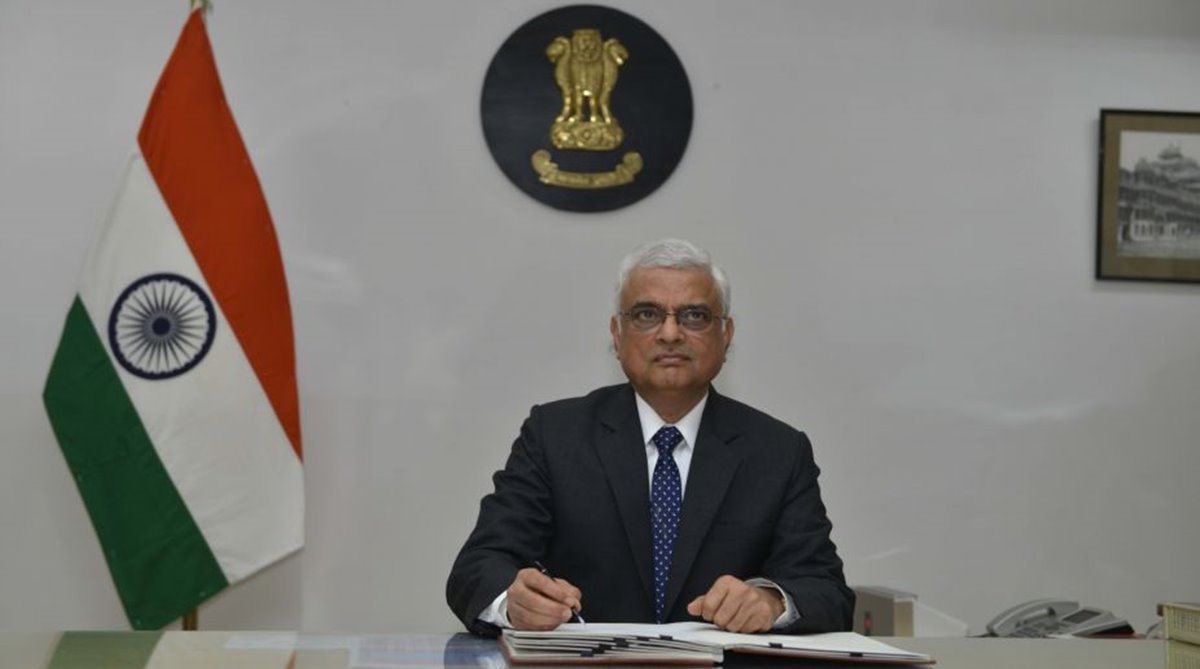ECI bids farewell to Rajiv Kumar
Kumar had joined ECI as Election Commissioner on September 1, 2020 and assumed charge as the 25th CEC of India on May 15, 2022.
Rawat says legal framework needed for such polls: “The lawmakers will take at least a year to frame a law that can be enforceable. This process takes time.”

Chief Election Commissioner of India O.P. Rawat. (File Photo: IANS)
Putting to rest all speculation, Chief Election Commissioner O P Rawat has emphatically ruled out the possibility of holding simultaneous elections to the state assemblies along with the Lok Sabha polls anytime soon. Rawat also said a legal framework was needed to be in place for holding simultaneous elections.
There has been some speculation in the recent weeks that Assembly polls in Madhya Pradesh, Chhattisgarh, Rajasthan and Mizoram due this year end may be deferred and held simultaneously along with the Lok Sabha elections, scheduled for April-May 2019.
Advertisement
While the term of the Mizoram Assembly ends on December 15, the terms of Chhattisgarh, Madhya Pradesh and Rajasthan assemblies will end on January 5, January 7 and January 20, 2019, respectively.
Advertisement
“Koi chance nahi” (no chance at all), Rawat told a select media meet in Aurangabad on Thursday when asked if it was feasible to hold simultaneous Lok Sabha and state Assembly elections in the near future.
“The lawmakers will take at least a year to frame a law that can be enforceable. This process takes time. As soon as the Bill to amend the Constitution is ready, we (the Election Commission) will know that things are now moving,” Rawat said.
His comments also come against the backdrop of BJP president Amit Shah’s recent call for a “healthy and open debate” among stakeholders for simultaneous elections to the Lok Sabha and the state Assemblies.
The Election Commission commences preparations for the Lok Sabha elections 14 months before the scheduled timeframe of polling, according to Rawat.
“The Commission has a staff strength of just 400 but deploys 1.11 crore people on poll duty during elections,” he said.
To a query on complaints of “failure” of the Electronic Voting Machines (EVMs), Rawat lamented that in many quarters in India, the understanding of the EVM system “isn’t comprehensive enough”.
“There is just a 0.5 to 0.6 per cent rate of failure and such a rate of machine failure is acceptable,” he said.
Rawat also said the Voter Verified Paper Trail (VVPAT) usage was a new concept which was put in place after the commission made a commitment to have 100 per cent VVPATs following “political pressure”, he said.
In Meghalaya assembly bypolls today (August 23), there were complaints of VVPAT malfunctioning but that could have been avoided had the authorities there used a high humidity paper, keeping in view that there is high rainfall in the state, he said.
“You all know that Cherrapunjee, which records the highest rainfall, is in that state,” Rawat said.
To a query, he said the percentage of NOTA option in elections was normally between 1.2 and 1.4 per cent.
(With agency inputs)
Advertisement